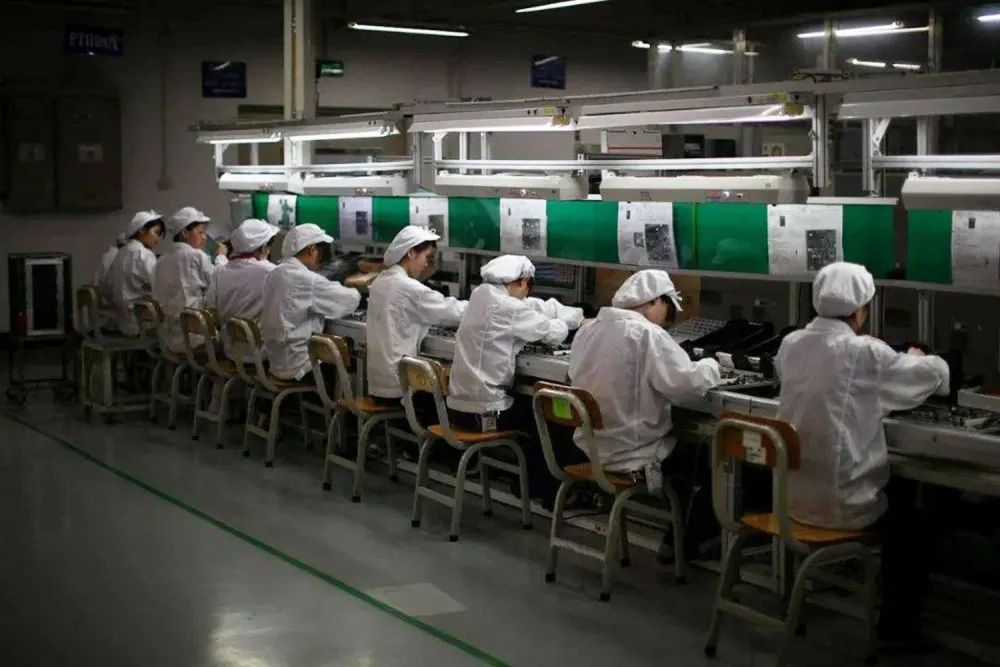

Hotline:0755-22277778
Tel:0755-22277778
Mobile:13826586185(Mr.Duan)
Fax:0755-22277776
E-mail:duanlian@xianjinyuan.cn
According to the conditions for the formation of liquid crystals, they can be divided into lyotropic liquid crystal polymers and thermally responsive liquid crystal polymers. The former is in liquid crystal state in the solvent, while the latter is in liquid crystal state due to temperature changes. Thermotropic liquid crystal polymers have emerged after lyotropic liquid crystal polymers, with excellent comprehensive properties and the ability to be processed through injection molding and extrusion molding. Many high-performance fibers are made from liquid crystal polymers (LCP). For example, aramid fibers (Kevlar) are produced through a soluble LCP acid spinning process. Aromatic polyester fibers (Vectran) are produced by thermally induced LCP melt spinning.
 The mixing method involves mixing a thermosetting agent with other materials to prepare multi-layer LCP films. This method can obtain thin films with controllable multi-layer thickness and structure. Overall, liquid crystal polymer (LCP) films are an important material with many important properties that have led to their widespread application in many fields. With the continuous development and improvement of technology, liquid crystal polymer (LCP) films will have more applications and developments.
The mixing method involves mixing a thermosetting agent with other materials to prepare multi-layer LCP films. This method can obtain thin films with controllable multi-layer thickness and structure. Overall, liquid crystal polymer (LCP) films are an important material with many important properties that have led to their widespread application in many fields. With the continuous development and improvement of technology, liquid crystal polymer (LCP) films will have more applications and developments.

Advanced Institute (Shenzhen) Technology Co., Ltd, © two thousand and twenty-onewww.avanzado.cn. All rights reservedGuangdong ICP No. 2021051947-1 © two thousand and twenty-onewww.xianjinyuan.cn. All rights reservedGuangdong ICP No. 2021051947-2